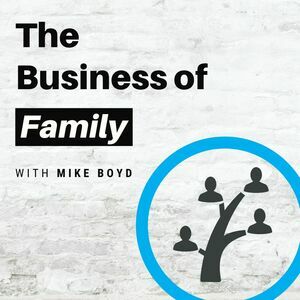The Business of Family Newsletter
Sign up to start receiving my weekly email which includes:
- Profiles of private and multi-generational businesses;
- Family constitutions, annual meetings, shared assets, education funds, annual letters and family offices;
- Interviews with inspiring owners, stewards and founders;
- Notes from a list of great biographies & business books; and
- Occasional updates on my latest business endeavours.
